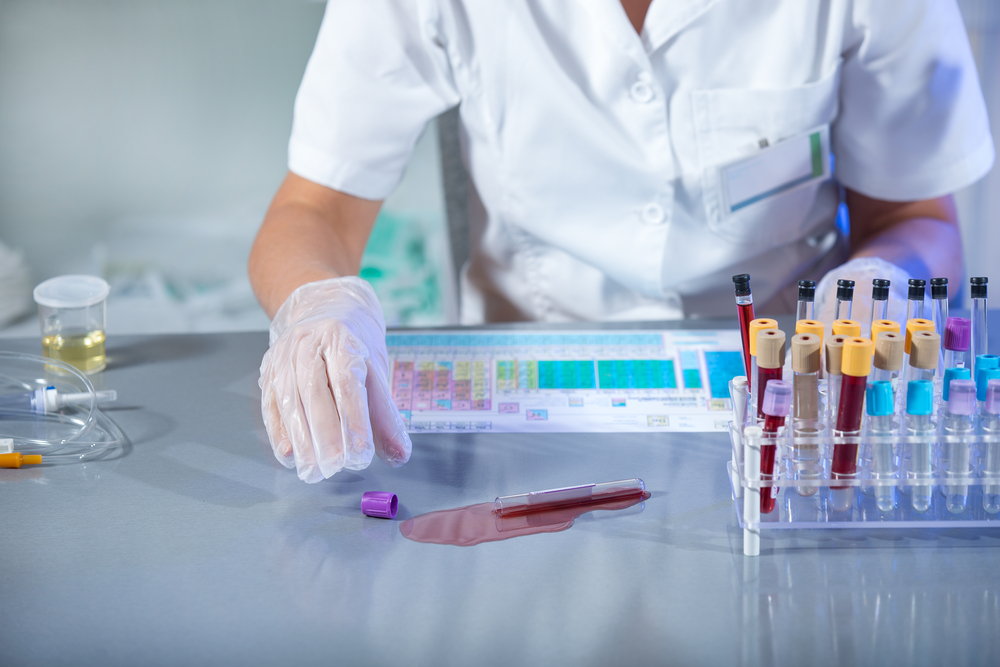These days, cleanliness is more important than ever. The world continues to grapple with a pandemic. At SEPS, helping labs stay clean and sterile has been part of our mission for many years. Often, lab workers must handle some pretty dangerous organisms. This is especially true in labs with biological safety (or “biosafety”) lab ratings. Scientific industries perform many complex experiments with hazardous materials. However, in cleanrooms, cleanliness is absolutely essential.
A cleanroom is a rigidly-controlled environment in which dirt, dust and airborne particles are kept at an absolute minimum. Usually, fan and filter units help to remove airborne contaminants. However, believe it or not, these pollutants can often infiltrate cleanrooms. They can find their way in through people, equipment and lapses in safety protocol. In order to keep your cleanroom as sanitary as possible, it’s important to use the best cleaning applications. In this post, we’ll discuss some of the most reliable ways to keep your cleanroom as clean and sterile as possible.
Basic Cleaning
Wet Cleaning
It’s very important to select the right cleaning technique for your cleanroom. Careless or improper cleaning can actually lead to an increase in contamination. Wet cleaning is the most basic cleaning application. It’s also one that most people are familiar with. Essentially, wet cleaning removes contamination with the use of a fluid. Simply wiping (without fluid) will move particles. However, it often fails to remove them entirely.
Therefore, wet cleaning is usually employed when wiping isn’t enough to remove contaminants. Most cleanrooms have their disinfecting solution of choice. There are countless chemical cleaning solutions on the market. You should select yours based on the surface material, porousness, and whether disinfection or sterilization is your goal.
Dry Transfer
Dry transfer is the wiping of a surface with absorbent materials. Remember, your ultimate goal here is to disinfect and sanitize. It’s important to remove the potential for recontamination. Therefore, the cloths or wipes you choose should be a very durable material. It shouldn’t simply redeposit particles or break easily. The ISO class of your cleanroom will help you to determine if you should employ polyester or more plush cotton twill wipes.
Equipment
Ultraviolet (UV) Radiation
Wet cleaning and dry transfer can only do so much for your cleanroom. Therefore, for a more thorough disinfection, you should use equipment that will help you to sterilize more efficiently. Ultraviolet (UV) radiation is excellent for sterilizing larger areas. Also, it’s perfect for cleanrooms that require totally aseptic environments. This technique will destroy the DNA of airborne pathogens, thereby rendering them harmless.
Autoclaves
An autoclave is perfect for sterilizing lab supplies, tools and equipment. They employ steam, high pressure and extreme heat to kill germs. The pressure within the autoclave accelerates the water temperature well above boiling point. Therefore, the steam retains a lot more heat. This makes the autoclave extremely efficient at killing microbes and pathogens.
Dry Ice Blasting
If you have to sterilize equipment or surfaces that are sensitive to moisture, dry ice blasting is an effective solution. You can perform dry ice blasting in a nitrogen-rich environment in order to remove contaminants from surfaces. Dry ice guns utilize a very intense, high-pressure stream of carbon dioxide (CO2) to blast away particles and contaminants. The CO2 sublimates, or turns solid. Therefore, no residue from the dry ice gun is left behind. Afterwards, any contaminants are carried away by the air stream.
Tips
In addition, you can maintain very high standards by following a few simple rules. First and foremost, all employees should treat cleaning and sterilizing as seriously as they would their daily work operations. Cleaning and sterilizing are not unofficial lab safety policies. Therefore, they should be upheld with utmost seriousness. Also, all employees should be wearing the appropriate personal protective equipment (PPE) to protect themselves.
You can avoid more contamination by verifying that anything entering the cleanroom are rigorously cleaned and disinfected before entry. If you decide that wet cleaning or dry transfer are the best methods for your cleanroom, wipe in a slow, methodical pattern that moves the particles in the same direction as the airflow in the room. A rapid motion can charge the surface, which produces electrostatic bonds that can actually attract particles.
Conclusion – SEPS
At SEPS, keeping labs clean is our mission. Our services include decontaminations, certifications and repairs, among others. Our many accreditations and affiliations are a testament to our passion for lab safety. In addition, we can help to keep your cleanroom adhering to the very highest sanitary standards.
